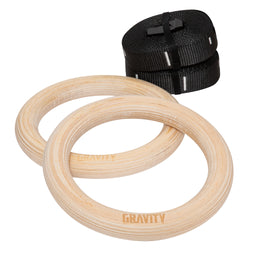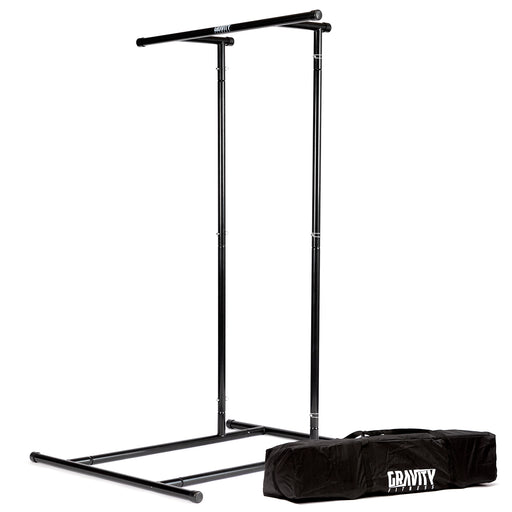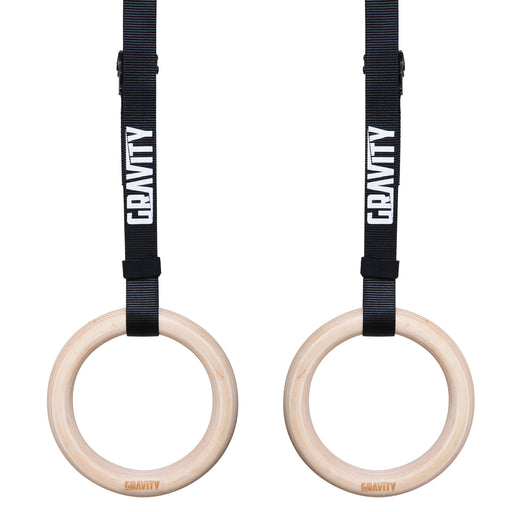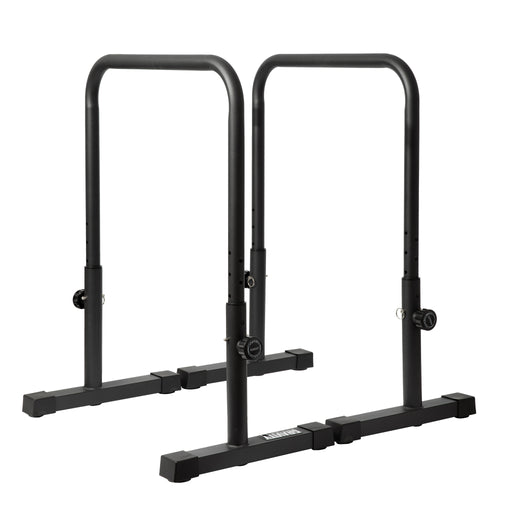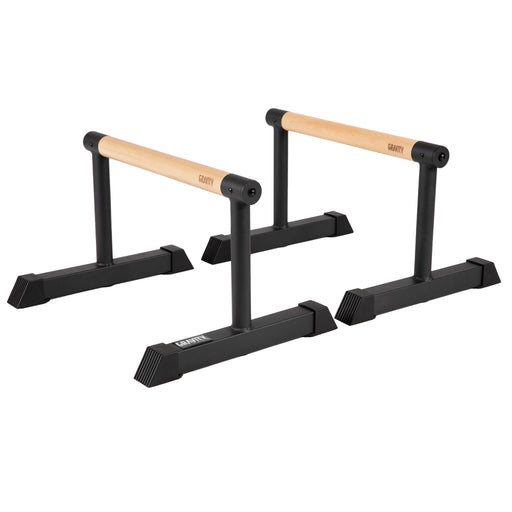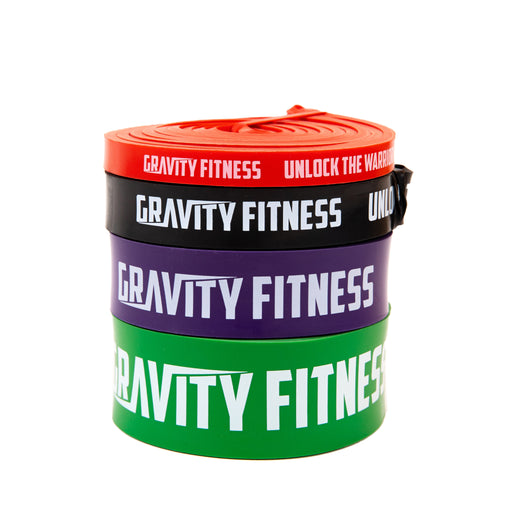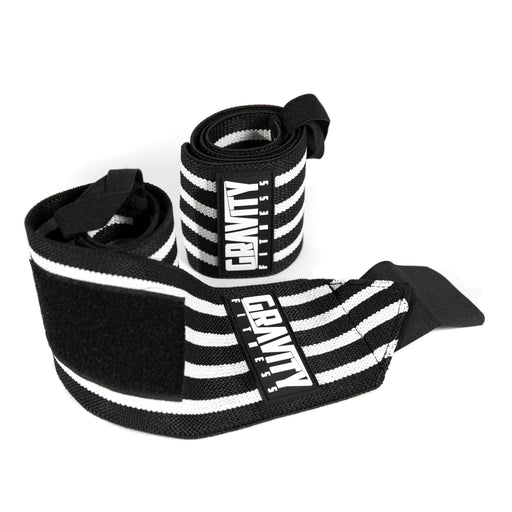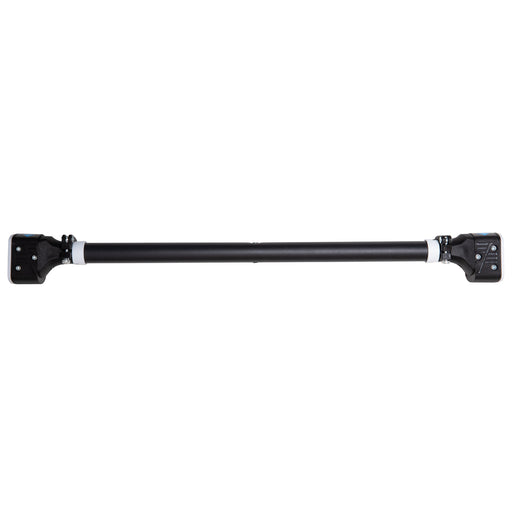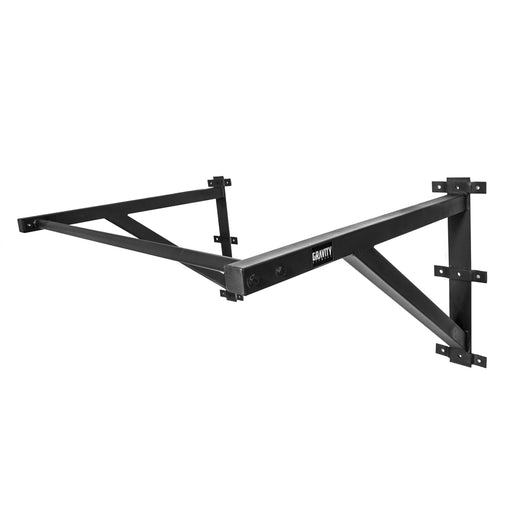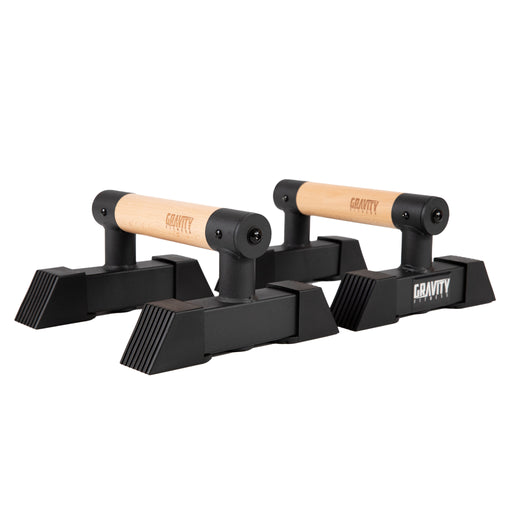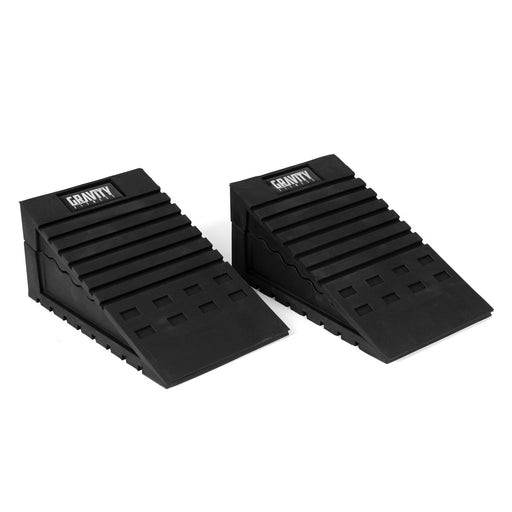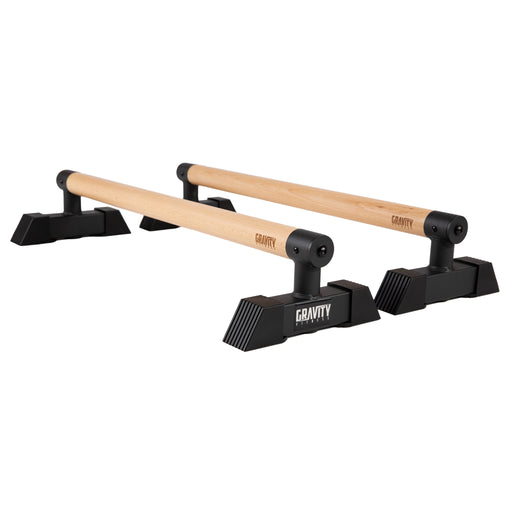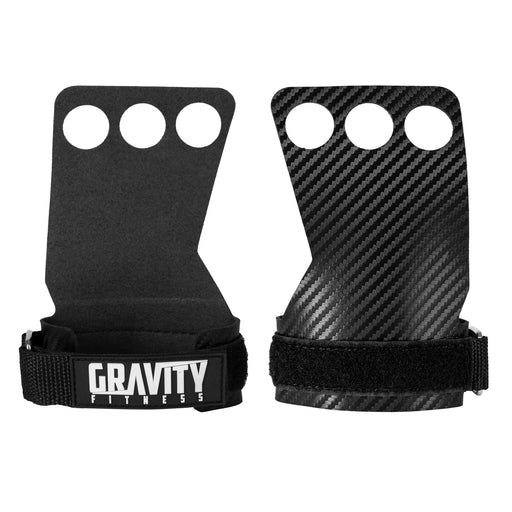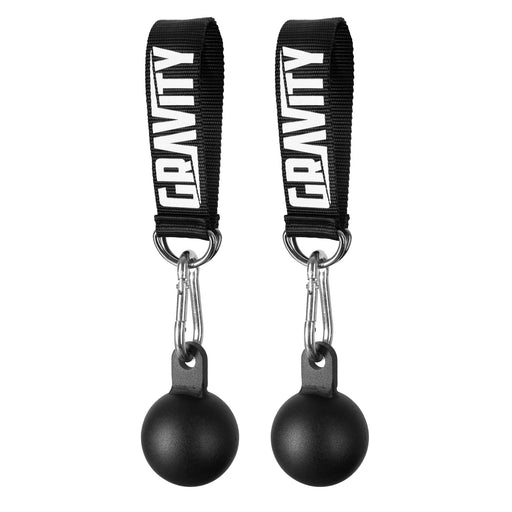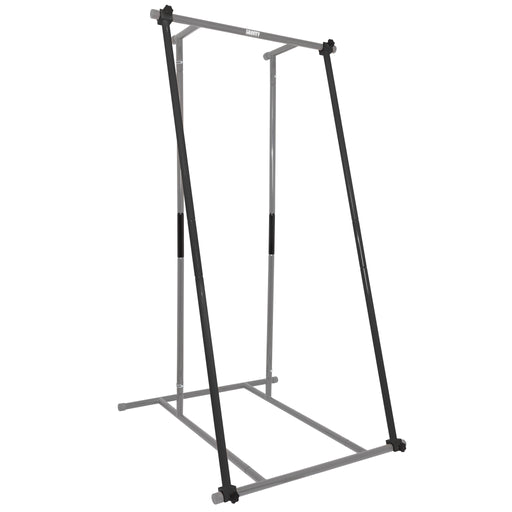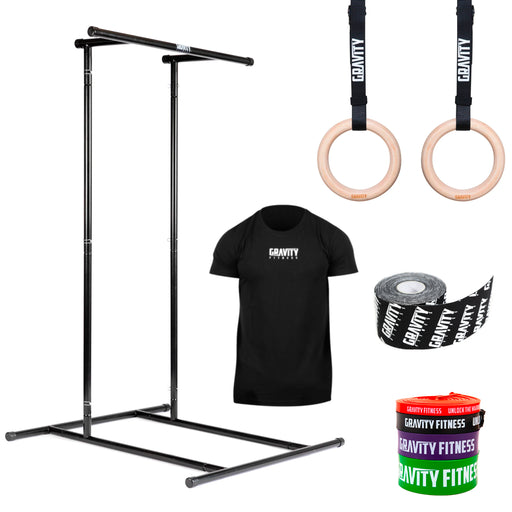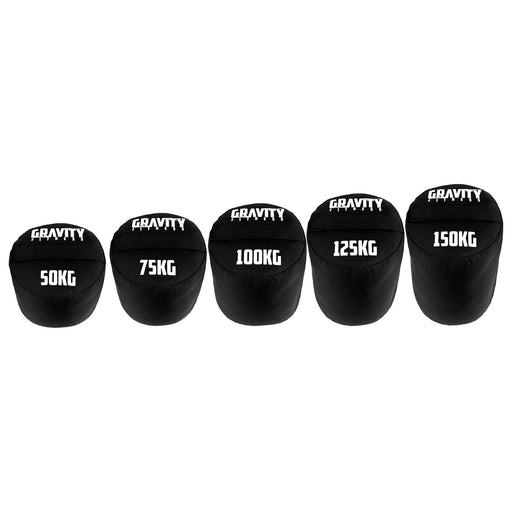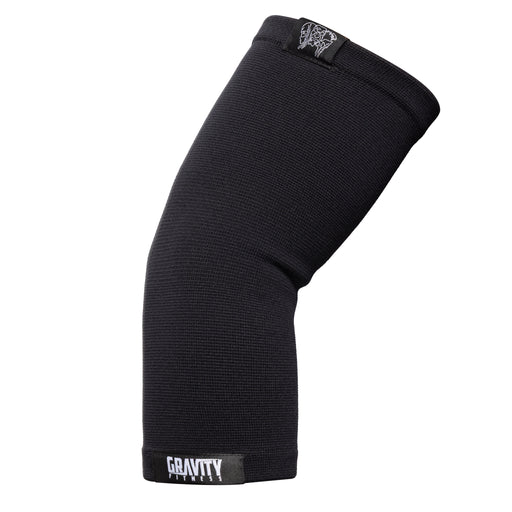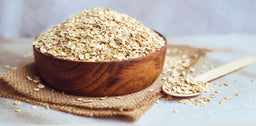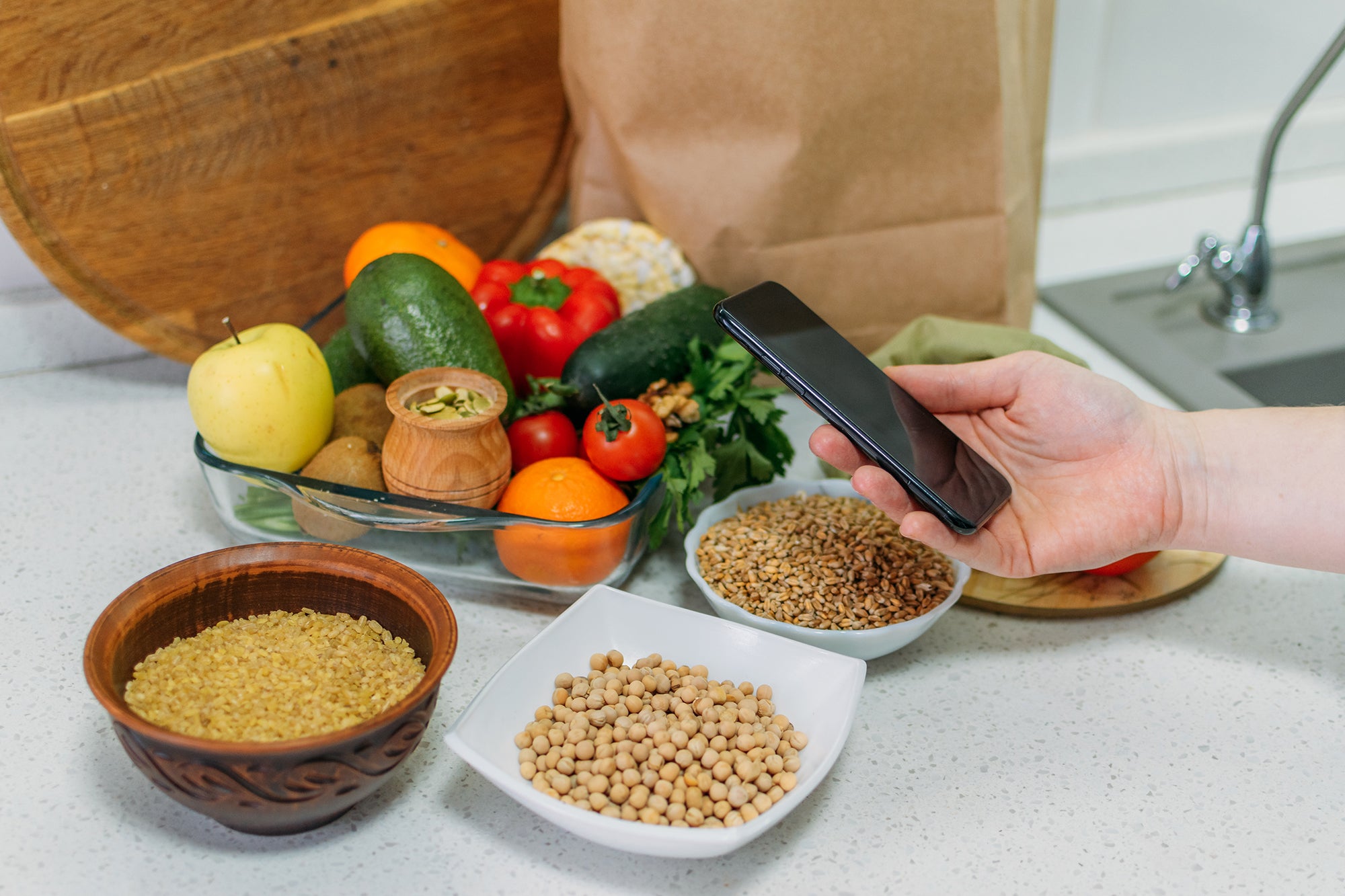
How to understand healthy nutrition for beginners
How to understand healthy nutrition for beginners
Healthy eating can seem so confusing, but the truth is the basics are easy to understand. What exactly are the fundamentals of setting up a healthy way of eating that works for you?
Common challenges of a healthy diet
Whether you want to eat a healthier diet to lose weight, avoid illness, or do your bit for your long term health, there’s a lot to get your head around. The truth is, nobody is born knowing this stuff. If you’re feeling confused or overwhelmed, don’t stress.
The basics of a healthy diet are actually pretty simple (and common sense). We’ve broken it down into how much to eat, what a healthy plate looks like, and what foods are best for your health and performance. If you’re in a rush, skip to the end and check out the “must remember” principles of healthy eating.
Step 1: how much should you eat?
There is no one-size-fits-all to healthy eating. The question of how much comes down to calorie intake and food volume. Calories are a unit of energy, so your personal calorie intake will depend on your body size and activity levels. Food volume is a personal preference – do you like to feel full up or do you prefer a lighter way of eating?
Step 2: calories (energy)
Here’s how to work out how many calories to eat. First, understand that your calorie requirements include your BMR (basal metabolic rate) which is the energy your body needs just to keep ticking over at rest. Then there’s your NEAT (non exercise activity thermogenesis) which is the energy you need to move around all day. And finally there’s energy you burn off doing formal exercise.
All of those factors combine to give your TDEE (total daily energy expenditure). You can get a rough estimate of this using something like https://tdeecalculator.net/. But no calculator can give you a precise number. Start here and monitor weight loss or gain, training performance, energy and hunger.
Step 3: macronutrients
All calories come from the macronutrients in food. These are protein, carbohydrates and fats (and alcohol, but we won’t cover that here). Why do you need to know this? Because there’s a difference between a diet that gets most of its calories from one macronutrient, and a diet that’s nicely balanced.
Different macronutrients help your body in different ways. Protein is important for building and maintaining muscle, bones and other tissues. Carbohydrates are your body’s favourite form of energy. And fats are important for lots of crucial processes including hormones.
Protein and carbohydrates carry 4 calories per gram and fats carry 9 calories per gram. Aim for a balanced intake: something like 40% calories from carbohydrates, 40% from protein, and 20% from fats is great.
Step 4: micronutrients
Micronutrients are all the vitamins and minerals your body needs to function well and stay healthy. We won’t get into the various recommended amounts here. The best thing to remember is that you can’t go wrong if you get the majority of your food from wholefood sources (foods that are close to their natural state when you eat them). This means plenty of vegetables, fruits, wholegrains, beans, pulses and natural foods.
Step 5: how often should you eat
The question of food timing is really a non-question unless you are a high-level athlete. Don’t stress about it. Eat in a way that is convenient for your schedule, compatible with your family and social life, and keeps you from getting too hungry. For most people, this is 3 meals a day with a snack or two. But do what’s best for you.
Portion sizes and healthy plates
You can use your hand and your plate as a good visual guideline for a healthy meal. Make sure half of your plate is vegetables/fruits/leafy stuff, one quarter is protein and one quarter is carbohydrates. Fats are important but you don’t need much of them, a spoonful is plenty.
You can also use your hand to help you eat a healthy amount: a palm size of protein, a fist size of carbohydrates, and a thumb size of fats helps you get a visual on those macronutrients. But don’t forget veggies!
Good-enough not perfect
The biggest pitfall of healthy eating is aiming for perfection. Remember, you’re trying to design a healthy way of eating for your own lifestyle, and it needs to be one you can reasonably follow long-term. Aim for good-enough, and add small changes.
5 simple guidelines for healthy eating
1 Eat enough for your energy levels
2 Eat mostly natural wholefoods
3 Aim for an 80/20 split of healthy and treats
4 Stay hydrated with plenty of water (ideally 2 litres+ a day)
5 Develop a healthy way of eating you can sustain without stress












